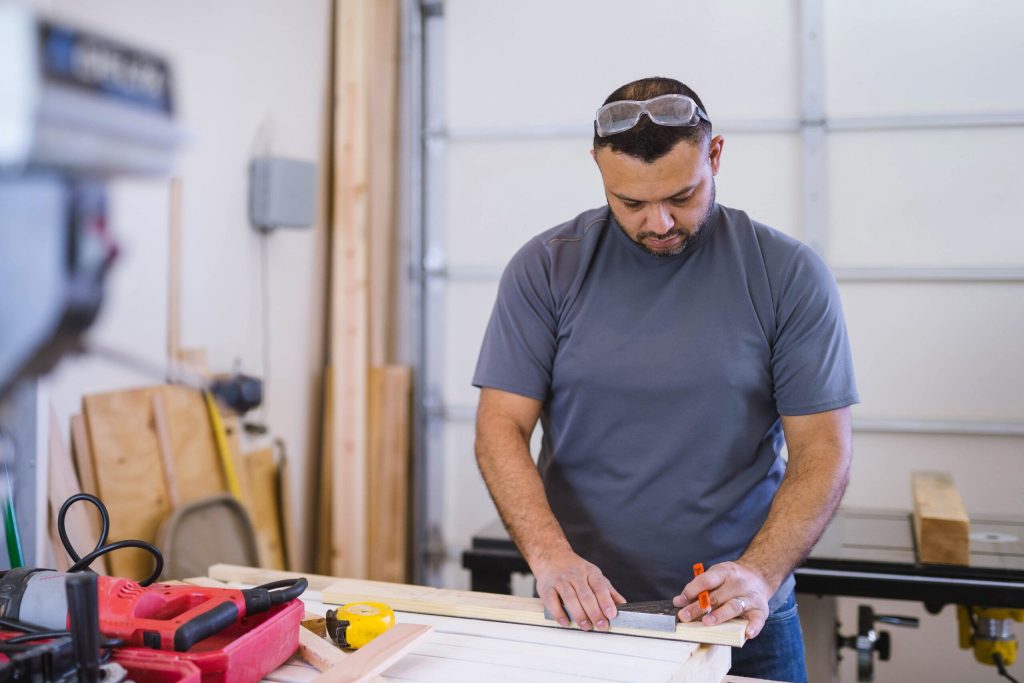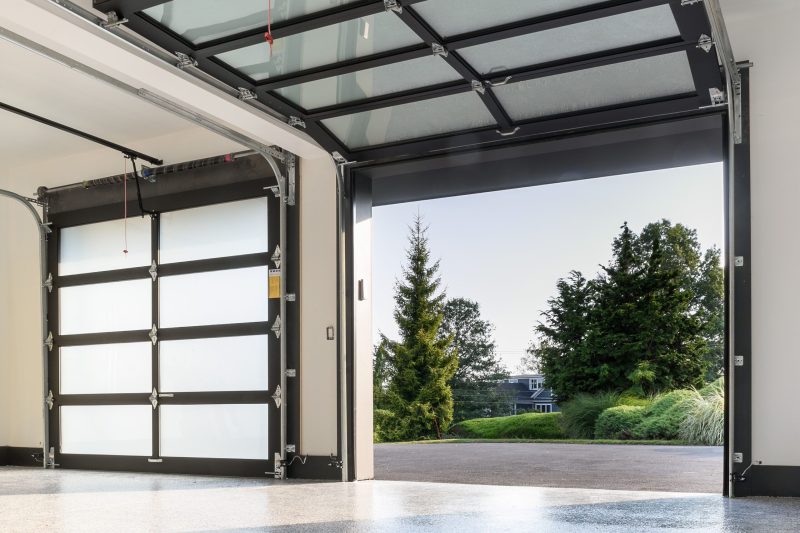How to Cool a Garage


Garages can be a place of refuge for some folks and for others, a place of business. Staying relaxed and productive in a hot workshop can be impossible, especially when the summer’s scorching heat starts to peak.
Ways to Keep Your Garage Cool Without Air Conditioning
The following tips on how to cool a garage should help keep things light and breezy; surprisingly, they don’t involve AC. Keep reading to learn more about how to cool a garage.
Park Hot Cars Outside
Cars heat up after long or even short drives on hot days. Their engines, tires, body panels, brakes, and other parts get hot, and when the vehicle stops, these parts radiate heat into the air around them. Putting a hot car in a garage on a hot day is a sure way to add a few undesirable degrees.
A better idea is to park it outside until the car cools down. This could take hours in the summer, especially for darker cars that absorb the sun’s rays and turn themselves into solar ovens. Leave the car in the driveway and let it cool until evening.
Open the Door
Aside from rare weather days, summer mornings and evenings are typically cooler than midday. It’s a good idea to take advantage of these cooler temperatures by opening the doors and windows of the garage.
Wake up early and hit the remote to the garage door opener an hour or so before you will be heading into the garage. Any warm air that has remained from the day before will be able to escape, and air as much as 20 or 30 degrees lower than the mid-day high can pour in.
Close the Door
Just as it’s important to open the door during the cooler hours, it also helps to close the garage door during the peak heat of the day. Keeping midday heat at bay will help cool the garage, and closing the windows and doors will help.
Many modern garage doors are insulated, which means they’ll help prevent heat transfer even if the sun is beating on the door. Also, garage door insulation kits will provide an additional barrier. In both cases, closing the large garage bay door will help keep that hot air out and retain the semi-cool air that might still exist inside.
Improve Ventilation
One way to keep a garage cool is to increase the amount of air circulation within the garage. Moving air often feels cooler than stagnant, still air. Moving air about the garage can do the trick.
There are a few different ways to improve ventilation. Box and floor fans do an adequate job and they’re relatively inexpensive. Ceiling fans are a bit more involved and require high rafters, but they can be a big help. It’s also possible to install an attic fan at the peak of a gable end of the garage. These fans have built-in thermostats that users can set to activate the fan whenever the temperature starts to rise. These fans can move a lot of air and help keep things cooler.
Declutter the Space
If air movement is key to maintaining a cool garage in the summer, piles of junk are just going to get in the way and trap it. Shelves full of boxes, sports equipment, car parts, old tools, and racks of clothing in the garage reduce the amount of air that can flow through the garage. In other words: Once it gets hot, it will stay hot for a long time.
You might want to plan a yard sale to get rid of a lot of that old gear, clear up some space, and make a few bucks. If that sounds like too much work, consider donating items to a local shelter, sports club, or the Salvation Army. Getting that old stuff out of there will help the garage feel more open and cool, and it might even be a boon to your productivity.
Plant a Shady Tree
We’ve all felt the relief that comes from taking refuge under a shady tree on a sunny day. It can feel 10 degrees cooler under that leafy canopy. With some strategic planting and the right trees, a garage can experience that relief as well.
Trees like paper birch, tulip poplar, and dawn redwood grow quickly and can provide quite a bit of shade. Focus their planting on the south-facing side of the garage. They’ll create the barrier the garage needs to prevent the intense heat of the sun from reaching the garage and keep things much cooler.
Add Insulation
A big part of energy efficiency is using proper insulation to trap conditioned air inside. However, it’s also effective in unair-conditioned spaces like garages, sheds, or workshops. These spaces often have wide-open stud and rafter bays ripe for insulation, and it can make a huge difference in how quickly the garage heats up.
At a minimum, insulating the garage’s roof is a good idea. This will slow the heat transfer from the sun’s rays on the roof’s surface into the space below. Insulating the walls will also help, especially for those who’d like to open their garage doors early in the morning and trap that cool air in as long as possible.
Run a Dehumidifier
Even if the temperatures aren’t extreme, high humidity can make a garage space feel unbearable. Sometimes all it takes is removing that moisture from the air to make the room cooler and more comfortable, and a dehumidifier is just the machine for the job.
Dehumidifiers are basically low-powered air conditioners. They have fans that draw moist air across cooling coils. As the air hits one of these units’ coils, it condenses and collects in a pan or drain. Setting a dehumidifier up in a garage to collect that moisture will help make the environment feel less sticky and far cooler.
Those tips on how to cool a garage should help lessen those hot, sticky temperatures. Remember that even with all of these guidelines, it’s important to stay hydrated and monitor your body temperature, especially when working hard in a hot workshop.







